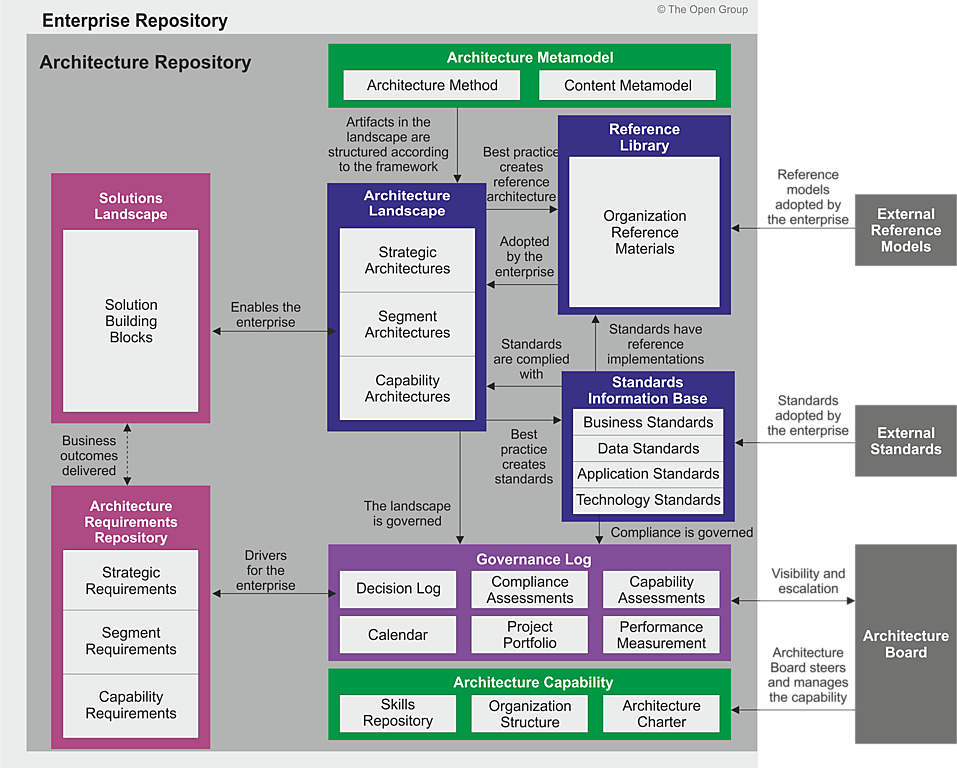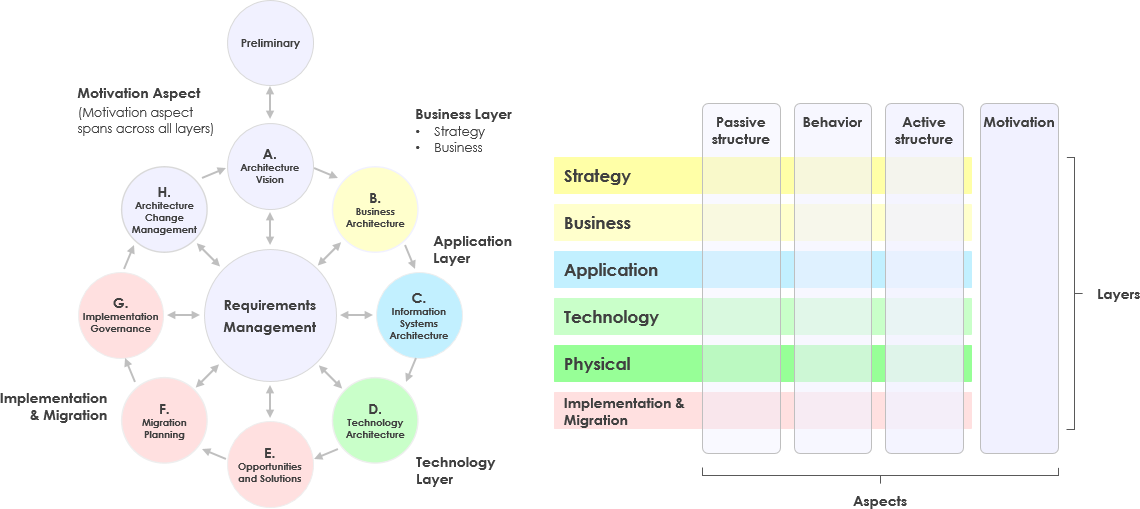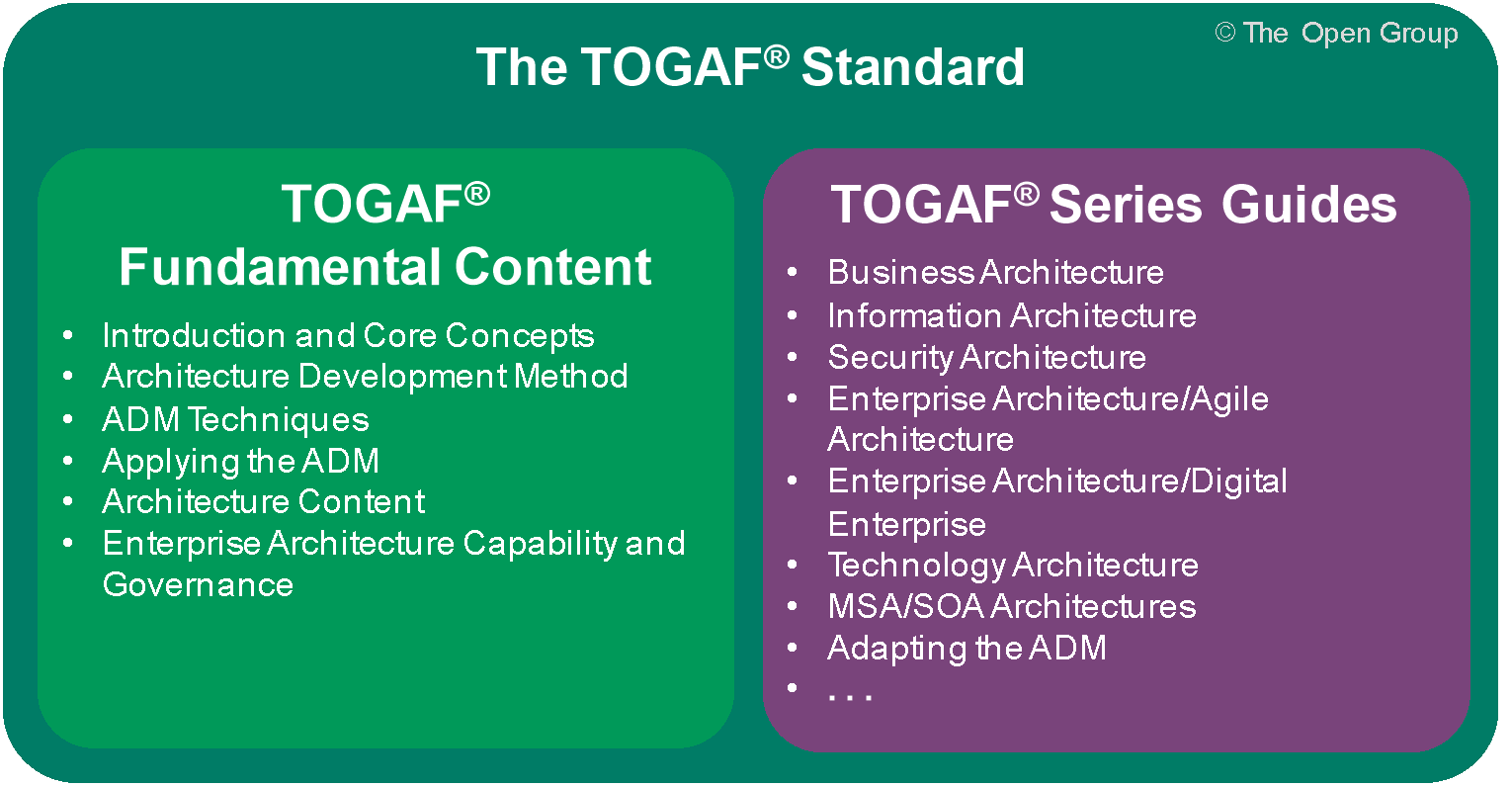Understanding the TOGAF Architecture Repository: A Vital Component for Enterprise Architecture
In the realm of Enterprise Architecture (EA), effective management of architectural assets is crucial for success. The TOGAF Architecture Repository serves as a comprehensive content management system that provides a structured approach to storing, managing, and accessing all architecture-related projects within an organization. This article explores the key components of the Architecture Repository, its benefits, and its role in facilitating efficient architecture development and governance. What is the Architecture Repository? The Architecture Repository is a centralized hub that enables organizations to manage their architectural deliverables, locate reusable assets, and publish outputs to stakeholders and other…continue reading →






